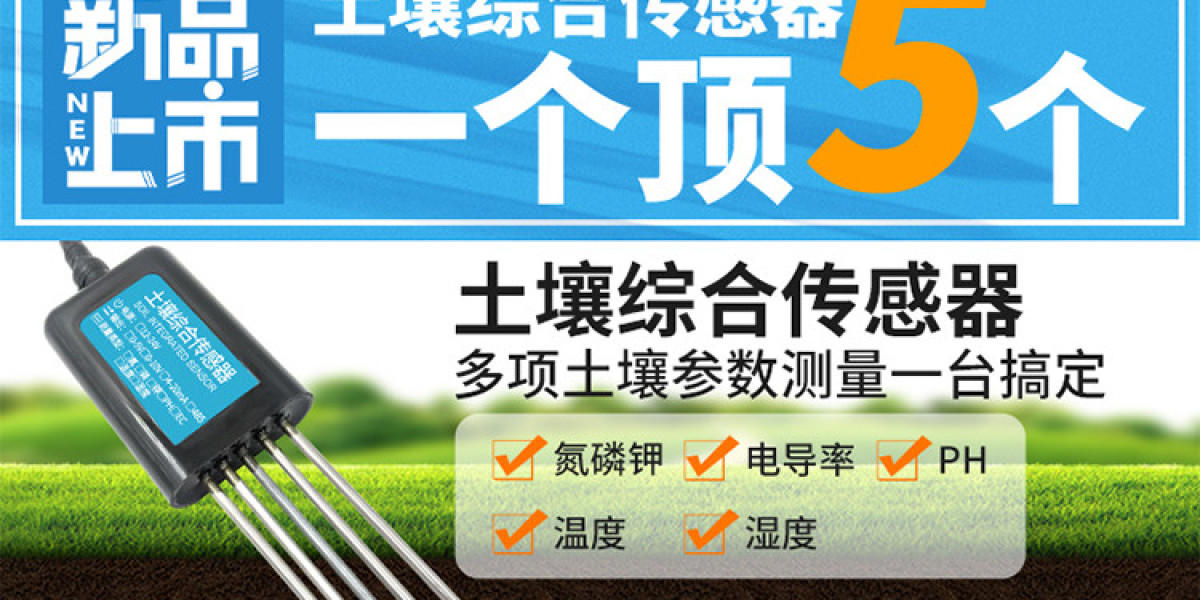These unassuming devices, tucked amidst the roots like watchful guardians, whisper the secrets of these crucial nutrients directly into your ear. No more blind guessing or soil-stained fingertips NPK sensors offer a window into the hidden depths of your garden, offering insights that will transform your green haven into a vibrant tapestry of thriving plants.
The Nutrient Symphony of Success:
Nitrogen, phosphorus, and potassium are like the air, water, and sunshine for your plants. Each plays a distinct role in the growth symphony:
Nitrogen:The maestro of leafy greens, N fuels lush foliage and vibrant growth. Its absence leads to pale, stunted plants, a melancholic chorus in the garden's song.
Phosphorus:The conductor of root development, P ensures strong, healthy roots, anchoring your plants and aiding in nutrient uptake. Without it, plants falter, their melody weakened by shaky foundations.
Potassium:The conductor of stress tolerance, K strengthens cell walls and boosts disease resistance, allowing your plants to weather storms and stand tall. Depleted K leaves them vulnerable, their song threatened by external pressures.
The Orchestra of Sensors:
Just like different instruments offer varying melodies, different NPK sensors excel in deciphering the nutrient needs of your soil. Let's explore the quartet of options:
Probe Sensors:These versatile maestros directly measure N, P, and K levels in the soil, offering precise readings from specific locations. Their detailed melody is perfect for targeted adjustments and monitoring valuable crops.
Moisture Meter with NPK:These multi-talented musicians combine moisture readings with basic NPK estimates, ideal for small gardens and potted plants. Their simple tune provides a quick snapshot of overall soil health.
Leaf Tissue Analysis:These analytical conductors analyze nutrient levels in plant leaves, offering insights into actual plant uptake rather than just soil content. Their complex melody requires professional interpretation but paints a nuanced picture of plant needs.
Smart Irrigation Systems with NPK Sensors:These digital conductors orchestrate your entire watering and fertilization regime, integrating sensor data with automated watering and nutrient delivery. Their harmonious interplay requires setup but promises ultimate ease and precision.
The Harmony of Installation and Care:
With your chosen NPK sensor ready to sing, it's time for the installation act. Each type has its own stage directions, so consult the manual for specifics. Here are some general tips to keep the music flowing:
Calibration:Most sensors require calibration for optimal accuracy. Follow the manufacturer's instructions, considering soil type and previous fertilization practices.
Placement:Position your sensor in the root zone of your plants, avoiding areas near fertilizers, compost piles, or electrical interference.
Maintenance:Keep your sensor clean and free of debris for accurate readings. Some might require battery replacements or occasional recalibration.
The Grand Finale: A Flourishing Garden Symphony
With your sensor NPK sensor installed and its data whispering wisdom, you're ready for the grand finale: a garden in perfect harmony with its nutrient needs. Use the insights to tailor your fertilization schedule, ensuring your plants receive the optimal balance of N, P, and K. Observe how different factors, like plant stage and weather, influence nutrient uptake, fine-tuning your regime for maximum growth and vibrant blooms.
Remember, NPK sensors are not magic wands. They're valuable instruments that, when used wisely, can transform your gardening experience. By understanding the different types, aligning them with your needs, and implementing them correctly, you'll be composing a symphony of thriving life, a verdant masterpiece where every leaf and blossom sings in perfect harmony with the hidden music of soil nutrients.








